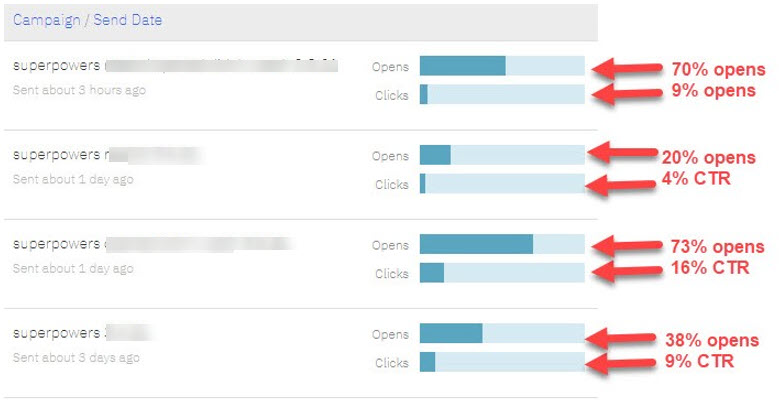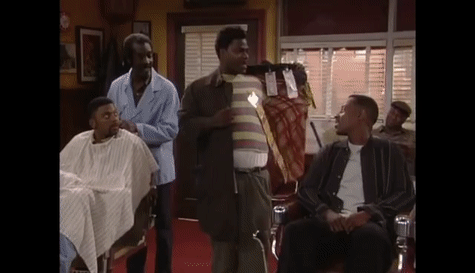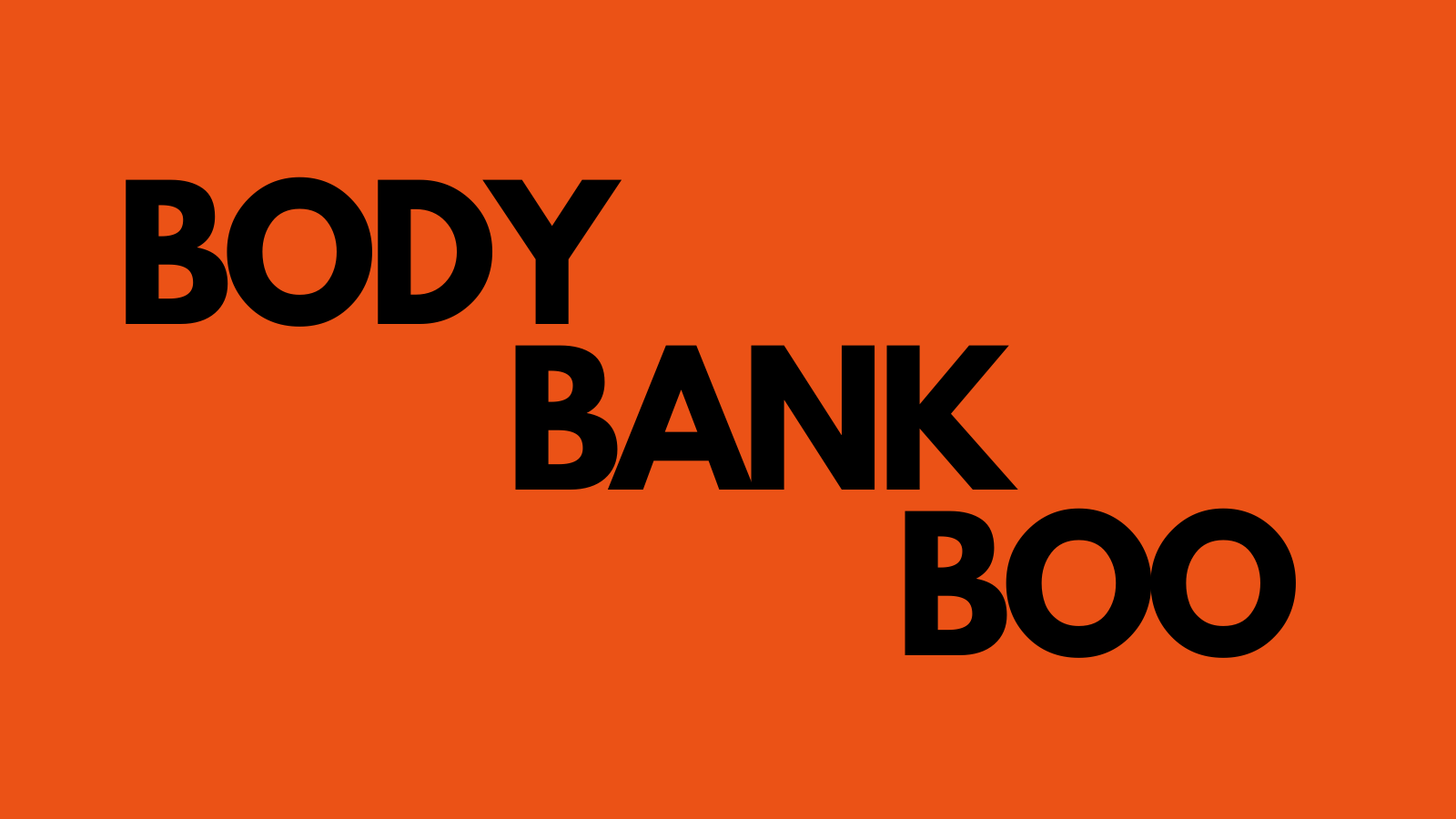I want to share some intriguing data with you.
And then we’ll discuss how you can turn that data into cash.
Back in June, I worked on a project where we sent 3 emails using 3 very different appeals:
- Email #1 pointed to a big opportunity
- Email #2 shared a unique story tied to the opportunity
- Email #3 went hard on urgency, with a deadline just hours away.
Take a look at some of the raw data:
Let me quickly paint the picture:
Before Delta flared up so fiercely, the travel bug started ravaging the American populace. My client suggested that was a money-making opportunity for investors in the stock market.
That first email pointed out facts: the travel industry was down $4 trillion… but was on pace to more than make that up in the coming months.
The second email took a different approach. I told a story about Qantas Airlines “flight to nowhere” (which Inbox X-Factor members may recognize from one of the Weekly Email Plans)…
…and how that PROVED people were so desperate to travel that they’d get on a plane that landed at the same airport it took off from.
Again, the third message warned the reader he had just a few hours to take advantage of to travel industry’s recovery.
Take another look at the stats above…
The open rates are all pretty similar.
The click-to-open rates are wildly different — and not directly correlated to conversions.
The benefit-driven, “here’s how much you can make” email was the worst performer of the bunch in terms of sales.
The story-based email destroyed the other two in conversion rate. Readers who clicked were at least 49% more likely to buy from this email than the others.
(It’s worth noting that my client sends promos like this every week. The second email is almost always the worst performer of the three. It’s usually not so story-focused, though.)
And the urgency email had the most sales by a wide margin, even though it had a much lower conversion rate. The higher number of clicks more than made up for it.
How Does This Put Money In Your Pocket?
In 3 ways.
Understanding the lessons we learned in this instance (and which I’ve seen bear out in multiple scenarios over the past few months), I encourage you to:
1. Build urgency into your promotions wherever you can (which is probably more often than you think).
This particular client uses urgency the same way week after week after week… and it keeps on working.
It’ll work for you, too.
2. Tell stories more often…
… but consider letting urgency take the lead as you get close to a deadline.
Good stories tend to generate higher quality clicks and significantly higher conversion rates.
By the way, you only need 3 things to write a good story, as you’ll discover in this video:
Bonus: If you’re just unsure about what kinds of stories to tell, here are 7 story-based emails you should be sending your list.
3. Test everything. Even what you think you know for sure.
My data shows that story-based clicks are generally more qualified, but there tend to be fewer of them.
So you test.
That’s who you to find out where the revenue sweet spot is for you.
Now, go forth and conquer – and make sure you send story-based emails about your victories.







